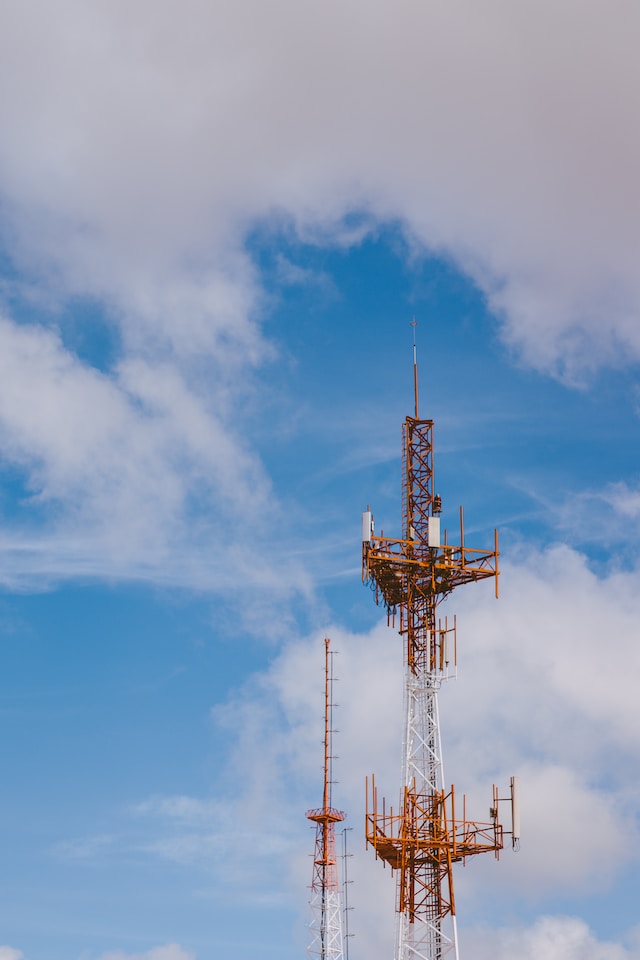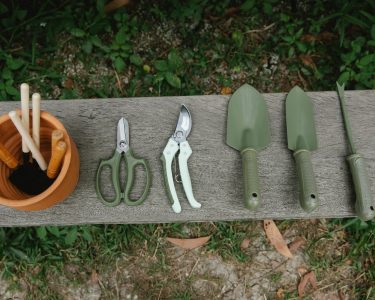Welcome to our gardening blog! Today we’re talking about the unsung heroes of every garden ecosystem – pollinators. These tiny creatures play a vital role in maintaining the balance of nature, ensuring that plants can produce fruits and seeds for us to enjoy. Without them, our gardens would be barren wastelands devoid of life and color. In this post, we’ll explore why pollinators are so important, what kinds of pollinators you might find in your garden, and how you can attract them to your backyard paradise. So sit back, grab a cuppa tea (or coffee!), and let’s dive into the world of pollination!
What are pollinators?
Pollinators are animals that help plants to reproduce by transferring pollen from the male parts of a flower to the female parts. This process is essential for many plant species, as it allows them to produce fruits and seeds. Without pollinators, plants would struggle to reproduce and eventually die out.
There are many different types of pollinators, including insects like bees, butterflies, moths, flies and beetles. Birds also play an important role in pollination, particularly hummingbirds which can be attracted with brightly colored flowers such as salvia or honeysuckles.
Interestingly enough, some mammals such as bats also serve as vital pollinators for certain plant species during their nocturnal activities. Some reptiles like geckos have been known to eat nectar while they pollinate flowers too!
Pollination occurs when a pollinator lands on a flower in search of food (usually nectar), picking up pollen grains on its body in the process before transferring them onto another flower’s stigma thus completing the fertilization cycle.
There’s much more diversity among these tiny creatures than what meets our eye at first glance!
Why are pollinators important?
Pollinators are an essential part of any garden ecosystem. These tiny creatures, including bees, butterflies, birds and even bats, play a crucial role in the pollination process which is necessary for plant reproduction. Without them, many plants would not be able to produce fruits or seeds.
Pollinators help to maintain biodiversity by spreading pollen from one flower to another. This results in the creation of more diverse and genetically varied plant populations that can adapt better to environmental changes over time.
Furthermore, pollinators contribute significantly to food production as they are responsible for pollinating much of our crops such as fruits and vegetables. In fact, it’s estimated that around 1/3 of all the food we eat comes from plants that rely on pollinators!
However, many species of pollinators are currently facing extinction due to habitat destruction caused by human activities such as deforestation and urbanization. This highlights the importance of taking steps towards protecting these vital creatures for both our environment and our own survival.
In summary, without pollinators like bees and butterflies playing their important role in nature’s cycle we could see major ecological impacts with significant consequences for us humans too!
What kind of pollinators are there?
Pollinators are the unsung heroes of our gardens. They come in many different shapes and sizes, from bees to butterflies to even bats! Each type of pollinator plays a unique role in the ecosystem of your garden.
Bees are perhaps the most well-known pollinators and for good reason. There are over 20,000 species of bees worldwide and they play an essential role in pollinating crops like almonds, blueberries, and squash. Butterflies are also important pollinators as they often collect nectar from flowers that bees may overlook.
Hummingbirds are another fascinating type of pollinator that rely on long tubular flowers with bright colors like reds or oranges. These birds have a remarkable memory for flower locations which allows them to return time after time.
Bats may seem unlikely candidates for pollination but they actually play an important role in some ecosystems by visiting nighttime blooming plants like cacti and agave. Moths also visit night-blooming plants, but their large size makes them capable of reaching deep into certain types of flowers.
No matter what kind of pollinator you attract to your garden, each plays an essential role in keeping it healthy and thriving!
How can you attract pollinators to your garden?
Attracting pollinators to your garden is crucial for maintaining a thriving ecosystem. Here are some tips to help you attract these beneficial insects:
1. Plant native flowers and plants.
Native plants provide the necessary food sources for local pollinators. They have co-evolved with each other and thus, provide the perfect environment for them to thrive.
2. Provide shelter.
Pollinators need places where they can rest and take breaks from flying around all day. You can create habitats such as bee houses or butterfly boxes.
3. Use pesticides sparingly or not at all.
Pesticides kill indiscriminately, which includes helpful insects like bees and butterflies.
4. Offer a variety of flower shapes and colors.
Different types of pollinators prefer different shapes and colors of flowers when feeding on nectar or pollen.
5. Plant in groupings.
Grouping similar plants together creates an easier navigation system for pollinators to find their desired food source.
By incorporating these practices into your gardening routine, you will be able to support the health of your local pollinator populations while also reaping the benefits of better crop yields in your own garden!
What plants are good for pollinators?
When it comes to attracting pollinators to your garden, planting the right plants is crucial. Different types of pollinators are attracted to different kinds of flowers, so incorporating a variety of plants into your landscape will help ensure that you’re accommodating as many species as possible.
Native wildflowers like coneflowers, black-eyed Susans and milkweed are great options for attracting a wide range of pollinators. These hardy perennials provide nectar and pollen throughout the growing season while also serving as host plants for certain butterfly larvae.
Herbs such as lavender, thyme and oregano are also excellent choices for attracting bees and butterflies. Not only do they produce fragrant blooms loved by pollinators, but they can also be harvested for culinary purposes.
Other popular choices include sunflowers, zinnias and cosmos – all easy-to-grow annuals that bloom profusely throughout the summer months. Additionally, flowering trees like crabapples or dogwoods provide an early food source in spring when other plants have yet to bloom.
No matter which plants you choose to incorporate into your garden ecosystem, remember that providing a diverse array of blooming vegetation is key in supporting our vital pollinator populations.
Conclusion
Pollinators are vital to the health and productivity of your garden ecosystem. By providing them with a variety of food sources and shelter, you can attract a diverse range of pollinators that will help keep your garden thriving.
Remember that not all pollinators are bees – there are also butterflies, moths, birds, and even some mammals that can act as important pollinators for certain plants. By understanding the different types of pollinators in your area and what plants they prefer, you can create an environment that is attractive to them.
Whether you’re an experienced gardener or just getting started with your first plot, incorporating strategies for attracting pollinators into your gardening routine is an easy way to support local ecosystems while reaping the benefits of a healthy garden. So get planting today – both you and the bees will be glad you did!




